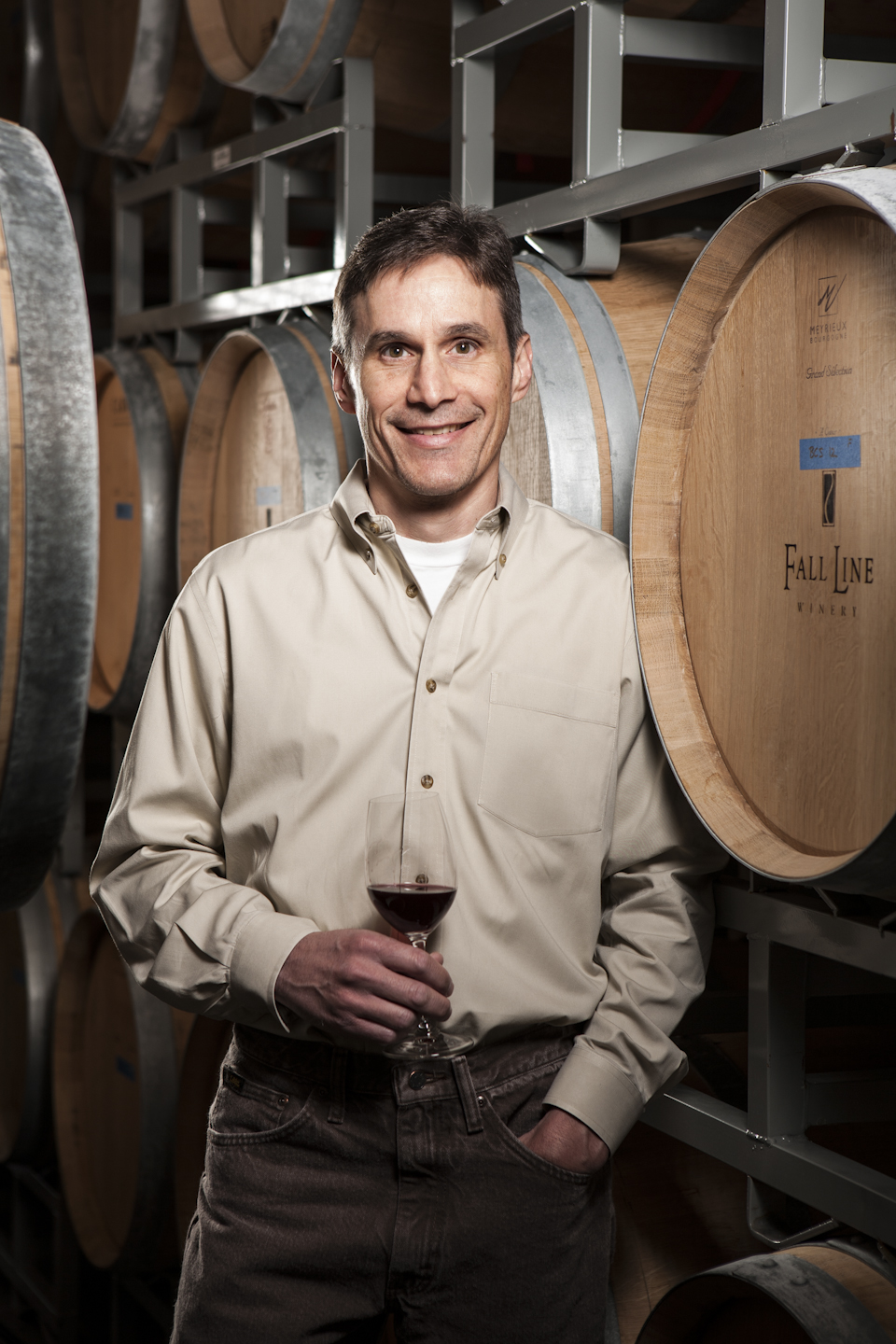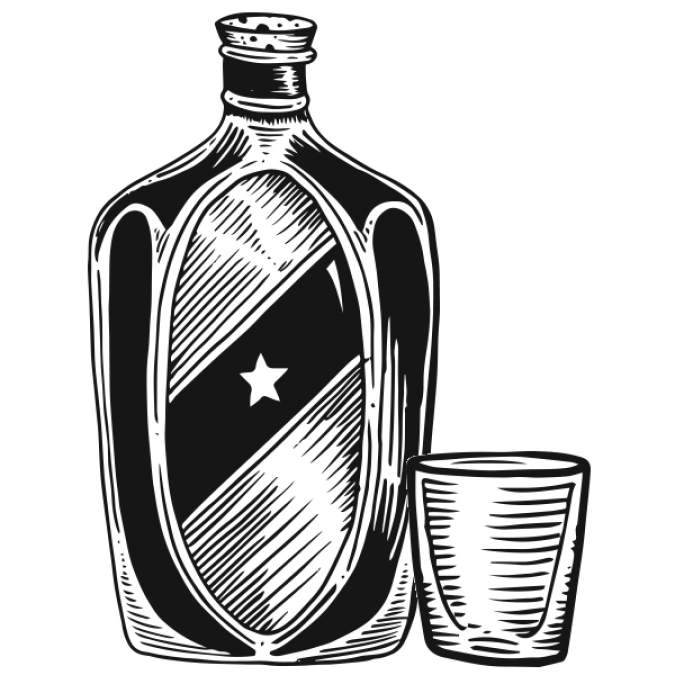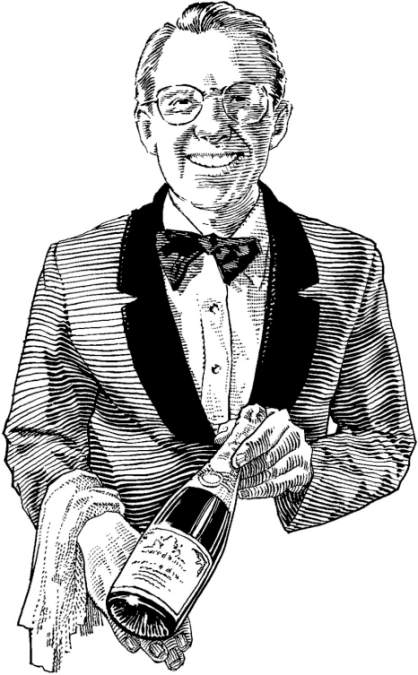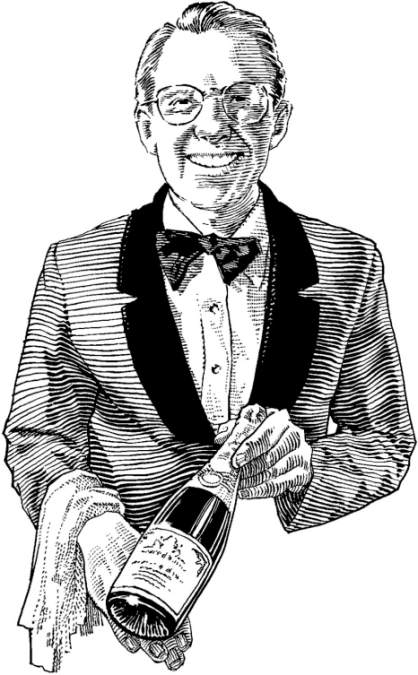Attending Taste Washington at the CenturyLink Events Center at the end of March, it occurred to me that the Washington wine industry is a bit like the old Hindu parable of the blind men and the elephant. Each one describes it quite differently, depending on the part of the elephant they happen to feel. Similarly, the Washington wine industry can look like many different things, based on one’s vantage point: rapidly growing and dynamic; underappreciated outside the state; or even still mostly a source of rich, heavily oaked cabernet sauvignon. This uncertainty is both the biggest challenge and the greatest opportunity for local winemakers, and how they deal with it will go a long way in determining whether Washington is considered one of the world’s great wine regions.
The simple fact is that unlike our West Coast counterparts, we lack both internationally known wine-growing regions (Napa Valley, say) and a single, identifiable grape (like pinot noir). As such, Washington wine has struggled at times to gain traction outside the state. “On a national level I see a fairly dysfunctional marketing effort, despite the Washington Wine Commission’s very solid attempts at penetrating markets,” says Ben Smith, owner and winemaker at Cadence Winery in Seattle. “The problem is not in the Commission, but in the breadth of wine produced in Washington. The fact that we make nearly everything prevents us from becoming synonymous with any one style or grape. Napa is cabernet. Oregon is pinot [noir]. We cannot produce the same consumer connection or recognition for any one grape in Washington, and it is to our detriment.” Or is it?
That breadth comes in part because no state besides California has anything like Washington’s vast array of growing areas, microclimates, and soil types. Instead of being limited to a few varietals, Washington grape-growers and winemakers have been experimenting with just about every grape under the sun, and some of those experiments have (pardon the pun) begun to bear fruit.
For example, just a few years ago, virtually no one was making single-varietal wines from cabernet franc, grenache, or mourvedre, yet these grapes, various winemakers have told me, are the future of the Washington wine industry. Wineries like Syncline, McCrea, and Rotie Cellars have found success with grenache and mourvedre, while cabernet franc has gone from being a fractional part of blends to the star of the show for wineries like Baer, Cadence, and Tranche. Clearly change is happening at a breakneck pace, and no one is entirely sure where we’ll end up.
“[The Washington wine industry] is at the best point that it’s ever been,” says Dan McCarthy, longtime owner of McCarthy & Schiering Wine Merchants and one of the longest-tenured professionals in the state. “The most creative work that’s being done is being done today. There’s a lot better understanding of not just the chemistry of wine on the part of winemakers, but also of consumer desires. You still see a lot of pretty big, oaky cabs, but also a lot of different varietals like aligote (a minor white grape in Burgundy) and gruner veltliner (the star white grape of Austria), which are truly exciting to see.”
There’s no doubt that the state’s wine industry is growing, both in the acreage planted to vines and the number of licensed wineries. That growth has drawn interest from some well-known wine houses, including Napa Valley’s Duckhorn and California giant Gallo, both of whom have dropped some serious coin on Washington properties. As land has grown astronomically expensive in Napa Valley, winemakers are looking to less-costly turf in Red Mountain, Walla Walla, and the Yakima Valley. Of course, all that growth comes with a cost for existing wineries.
“The landscape just gets more and more and more competitive, at a seemingly accelerating pace,” says Tim Sorenson, owner of Seattle’s Fall Line Winery. “There has always been a ‘new kid’ effect that wears off fairly quickly. With so many ‘new kids’ coming along so quickly, circumstances get more and more challenging for established brands.”
All the money flowing into the wine industry has, to some extent, inflated prices as well. Over the past five years, the average price of a ton of cabernet sauvignon grapes has increased nearly 13 percent across the entire state; the best vineyards and best fruit have seen an even more rapid cost escalation. Add the construction of elaborate tasting rooms in Walla Walla or Woodinville, the high cost of new oak barrels, and the installation of expensive equipment for crushing, fermenting, and bottling wine, and it’s no wonder that the price for consumers is increasing.
The challenge for Washington winemakers seems to be finding a way to stand out from the ever-growing crowd. In some cases, experimenting with different varietals is a tactic; for others, it’s more an exercise in marketing.
“The emergence of a younger set of winemakers like Mark McNeilly [Mark Ryan Winery] and Chris Gorman [Gorman Winery] have brought an edgier/younger/hipper marketing vibe to wine, even though their brands are a decade old or more now,” Smith explains. “Fanciful and capricious names are popular. Charles Smith is the master of that style of marketing, but even Greg Harrington [Gramercy Cellars] is using names like ‘L’Idiot du Village’ and ‘Inigo Montoya.’ ”
Changing demographics is definitely a topic that professionals throughout the industry are aware of, and intrigued by. “As generations change, so do tastes,” reveals McCarthy. “This new generation of wine drinkers is embracing Washington wines. Most of the big, expensive California wines are restricted to the older generation with full cellars.” Yet this new generation can create challenges for winemakers as well. It’s not just a matter of catchy names or attractive labels, it’s also re-evaluating the way wine is classified. “Place names—specific vineyards, AVAs, and the like,” adds Smith, “may not hold as much sway with younger consumers—those who do not have access to, or have been priced out of, traditional wines like Burgundy and Bordeaux, where place is everything.”
What’s next for the Washington wine industry is one of my favorite questions to pose to winemakers, wine sellers, and sommeliers within the area. Responses are understandably varied, but there seems to be a clear and undeniable trend toward more delicate European-style wines. “A lot more people are looking for delicacy these days,” shares McCarthy. “Some people still do like big wines, but many have been drinking more European wines, and are starting to enjoy the lighter versions from Washington. The recent vintages have benefited us, because since it hasn’t been as hot, the wines can’t be as big, but growers are also learning to get the physiological ripeness without overripeness.” Of course, it remains to be seen if the hot summers of 2012 and 2013 will cause a shift back to richer, more alcoholic wines.
Indeed, as the acreage devoted to grapes like grenache, mourvedre, cabernet franc , and sangiovese continues to increase, it becomes harder to pigeonhole Washington wine. With climates ranging from the hot slopes of Red Mountain to cool, windy sites in the Columbia Gorge, we may just have to accept that “Washington wine” will always be a broad and imprecise term. While the influx of new money, new winemakers, and new grapes seems certain to change the playing field, no one can say if Washington wine will ever reach the prominence our West Coast neighbors have achieved. For local consumers, though, quality and variety have never been greater, and that’s as good a reason as any to raise a glass.
thebarcode@seattleweekly.com







